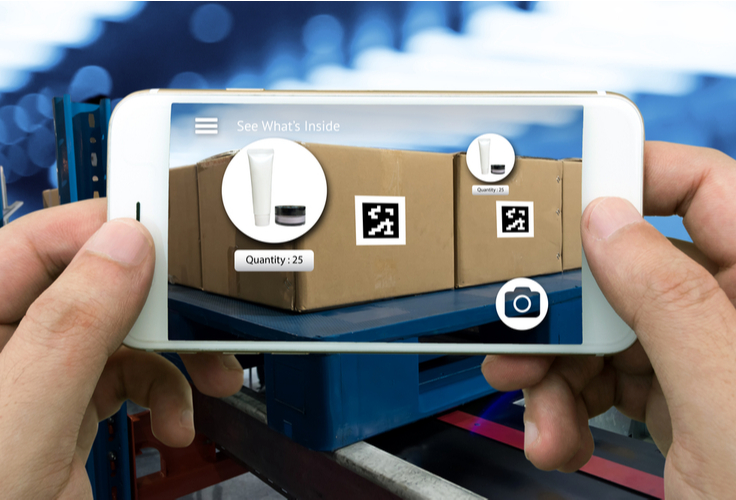The definition of smart packaging is hard to capture in a nutshell since it is an umbrella term that applies to many different types of technologies and packaging materials.
One form of smart packaging is the integration of technology with packaging materials to enable the collection and sharing of data, giving people access to valuable information about the contents of the package at various points in or all the way through the supply chain. Smart packaging is also the use of “active packaging” materials that improve what is inside the bag, box or container in some way.
Here are some examples of smart packaging technologies and materials:
- QR (Quick Response) codes are something most people are familiar with, as they have been around for several years — since 1994, believe it or not. Scan a QR code on a bag of snack food, and you can access a web page displaying the ingredients, nutritional information, a coupon or a recipe.
- Near-Field Communication (NFC) is a newer technology (invented in 2002) with applications in packaging that are very similar to QR codes. NFC scanning is more secure than QR scanning, and it enables product authentication to thwart counterfeiting.
- Printed Electronics (PE), among other applications, embeds printed sensors on packaging materials that detect and monitor humidity, temperature and other environmental changes that affect the package. This developing technology is already being used and is of great interest in the fields of smart food packaging and smart pharmaceutical packaging.
- Active packaging interacts with the contents of the package. For instance, beer manufacturers can use plastic bottles with screw caps that hold oxygen absorbers, extending the shelf life of the beer for several months. An even more advanced application: To prevent bacteria from growing in a bag of fresh-cut vegetables, a sensor embedded in the bag would release antimicrobial agents. Tamper-evident packaging, such as containers that change colors when attempts are made to open them, are another example of active packaging we are sure to see more of in the near future.
Product Quality Benefits
Smart packaging materials and monitoring devices are promising in industries such as food and beverage, pharmaceuticals, and agriculture, where it’s vital to track product freshness, tampering, quality and movement through the supply chain. Smart packaging not only gives consumers more confidence in the safety of such products; it also plays a significant role in preserving taste, appearance and freshness. Put it all together, and it’s clear that companies in any of these industries, whether large or small, should be exploring smart packaging options now.
Customer Engagement Benefits
The ability of smart packaging to enable communication with consumers makes it interesting to consumer businesses of all kinds, as increasing engagement and empowering customers with product-related information are important for attracting new customers and building loyalty. Today’s consumers are used to two-way communication with brands on social media, and they also prize instant answers. Scannable chips on packages help shoppers understand more about a given product before and after the purchase. In the store, being able to view the price or nutritional information on a mobile phone could be the difference between making or not making a sale.
Sustainable Benefits
Another advantage of smart packaging is its impact on sustainability. Smart technologies reduce or eliminate the need for printed information. Much work is being done by manufacturers to develop smart devices that allow for easy and complete recycling of the packaging materials in which they are used.
Need Help?
GWC Packaging offers a wide range of packaging solutions, from equipment and supplies to services. If you are exploring ways to use smart packaging in your operation — in order to improve quality control, enhance the customer experience or streamline the operation — we are eager to learn more about your application and be of assistance. Please contact us now.
